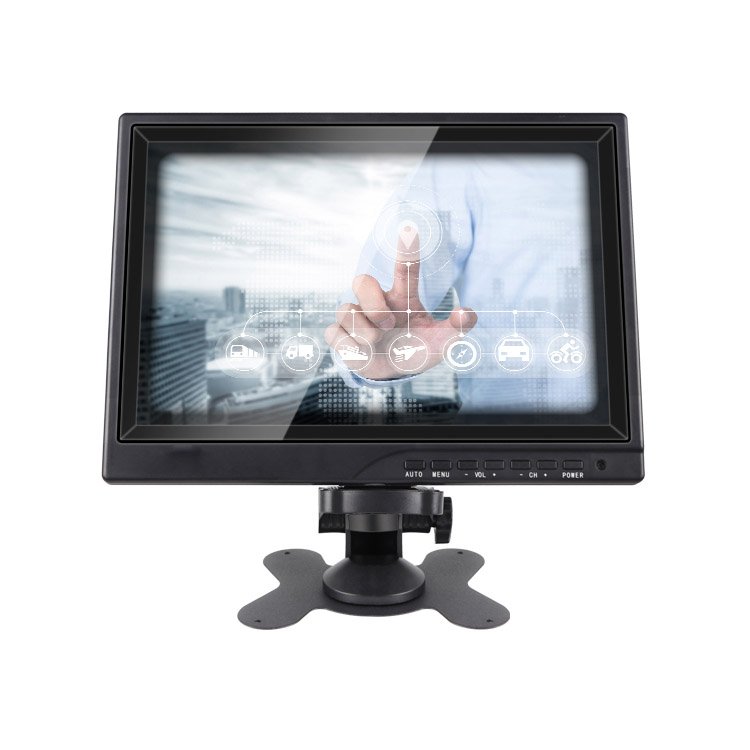Touch screens have transformed the way businesses interact with technology, especially in Point of Sale (POS) systems. The 10.1-inch capacitive touch screen and the 15-inch touch screen panel offer distinct advantages for various business environments, providing intuitive user experiences and enhancing operational efficiency. Choosing the right touch screen can elevate customer engagement and streamline transactions.
The versatility of these screens makes them suitable for a range of applications. They can easily adapt to different POS setups, whether in retail, hospitality, or service industries. Their responsiveness and ease of use are critical in fast-paced environments, allowing staff to handle transactions efficiently.
Understanding the differences between the 10.1 inch capacitive touch screen and 15-inch options helps businesses select the best fit for their needs. Factors such as space, user interaction volume, and display requirements play a crucial role in this decision-making process. Investing in the right touch screen can significantly impact productivity and customer satisfaction.
Overview of Touch Screen Technologies
Touch screen technologies have become integral in many devices, especially in retail and point-of-sale environments. Understanding the various types helps in selecting the right system for specific applications.
Capacitive Touch Screens
Capacitive touch screens function by detecting the electrical properties of the human finger. Unlike resistive screens that require pressure, capacitive screens respond to touch with a light touch. This results in faster response times and improved durability.
Key features of capacitive touch screens include:
- Multi-touch support: Allows users to perform gestures like pinch-to-zoom.
- Clarity: Often provide better image quality and brightness.
- Durability: More resistant to scratches and wear.
Applications include smartphones, tablets, and touch-enabled kiosks. Their sensitivity and responsiveness make them ideal for environments where user interaction is critical.
Touch Screen Panels for POS Systems
Touch screen panels for POS systems are designed for efficiency and ease of use in retail environments. These panels often combine various technologies, with capacitive being the most common due to its responsiveness.
Important aspects include:
- User-friendly interfaces: Simplify transaction processes.
- Integration capabilities: Work seamlessly with POS software and hardware.
- Durability: Built to withstand frequent use and environmental factors like spills.
These systems enhance customer service by speeding up transactions and reducing training time for staff. They are essential in modern retail, where efficiency directly impacts customer satisfaction.
Comparing Screen Sizes and Applications
The choice between screen sizes often depends on the specific application and user requirements. Each size offers distinct advantages that cater to different use cases and functionalities.
10.1 Inch Capacitive Touch Screens
10.1 inch capacitive touch screens are commonly used in mobile devices and compact POS systems. They provide a balance of portability and usability.
These screens are light and easy to mount, making them ideal for retail situations where space is limited.
Key features include:
- Resolution: Often supports high-definition displays.
- Touch Sensitivity: Offers responsive and precise touch capabilities.
Due to their smaller size, they are often favored in environments where quick transactions are essential. Maintenance and upgrades tend to be more manageable due to the lighter footprint.
15 Inch Touch Screen Panels
15 inch touch screen panel for pos typically offer a more spacious interface, enhancing visibility and usability. They are widely used in stationary POS terminals and kiosks.
Advantages include:
- User Interaction: Allows for easier input for complex transactions.
- Multimedia Capabilities: Supports better video and image quality for presentations.
These screens are suitable for environments with more room, providing a robust solution for detailed interactions. Their larger display accommodates more information, making them ideal for various commercial applications.



